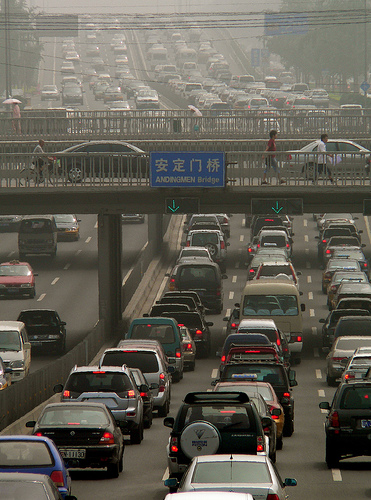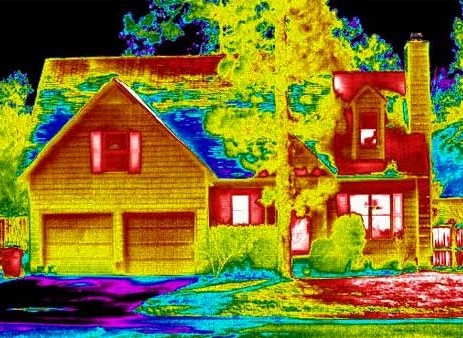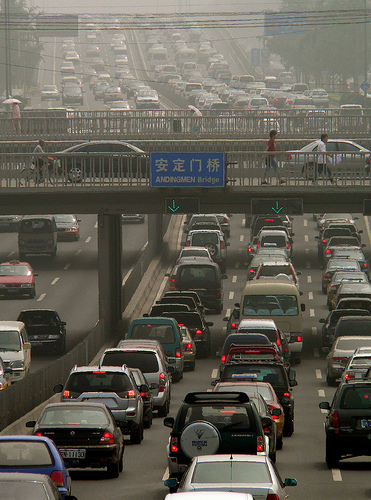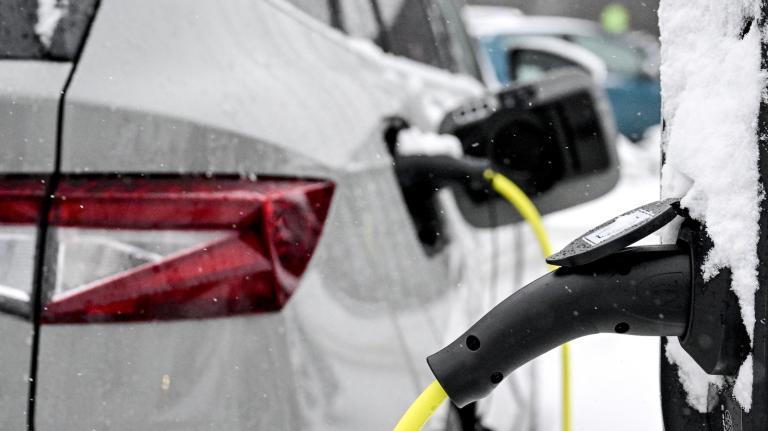 Going nowhere fast.Photo: hldpnThe Chinese appetite for the freewheeling mobility of cars is bringing its capital city to a standstill.
Going nowhere fast.Photo: hldpnThe Chinese appetite for the freewheeling mobility of cars is bringing its capital city to a standstill.
So reports The New York Times today.
This despite a multitude of strategies adopted by the government of Beijing, a city once famous for its throngs of bicyclists, to deal with the boom in personal motor vehicles:
“We have built many flyovers and expressways,” said Zhao Jie, a transportation expert at the China Academy of Urban Planning and Design. “We have spent quite a lot of money on subways and bus lines, and Beijing probably has the lowest bus fares in the world. But the stimuli to car ownership are even more powerful.”
Duan Haizhu, a 26-year-old taxi driver, put it more elegantly during a recent crosstown crawl in his orange-and-brown Hyundai. “The speed of building roads is nowhere near the speed of people buying cars,” he said. “And people won’t stop buying cars.”
Indeed, they won’t even slow down. As of December, Beijing counted 4.7 million registered vehicles, with 2,000 new ones joining the clog each day. That is more than 700,000 new vehicles this year, which was up from 550,000 new vehicles last year, 376,000 in the preceding year and 252,000 the year before that.
This buying spree has been jacked up by the same government that is desperately building new roads, parking spaces, bike-share systems, subways, and congestion zones in an attempt to mitigate the increased traffic:
In 2009, in part to combat the global economic collapse, the national government halved the sales tax on the small-engine cars that most first-time buyers choose, and it spent billions on subsidies for rural car purchases and upgrades to new vehicles.
Through November, car purchases were up 34 percent over 2009, the China Association of Automobile Manufacturers said. And 2009 sales were 46 percent greater than those in 2008.
Traffic engineers and economists have long debated the phenomenon of induced demand — in which building more roads leads more people to drive, so that congestion stays about the same.
Chinese planners have included congestion zones and massive public-transit initiatives in their toolkit, showing they get that concept. They’re aware that simply laying down more asphalt won’t solve the problem.
But with car ownership being seen by both citizens and government as essential to economic health and prestige, the trend seems inexorable. Analysts project there will be 6.5 million cars on the roads of Beijing before too long.
And as auto ownership speeds up, the vehicles themselves are slowing down. As the Times article notes, city officials project that by 2015, rush-hour traffic speeds will sink to about nine miles per hour. Which is a pleasant, leisurely pace on a bicycle.




